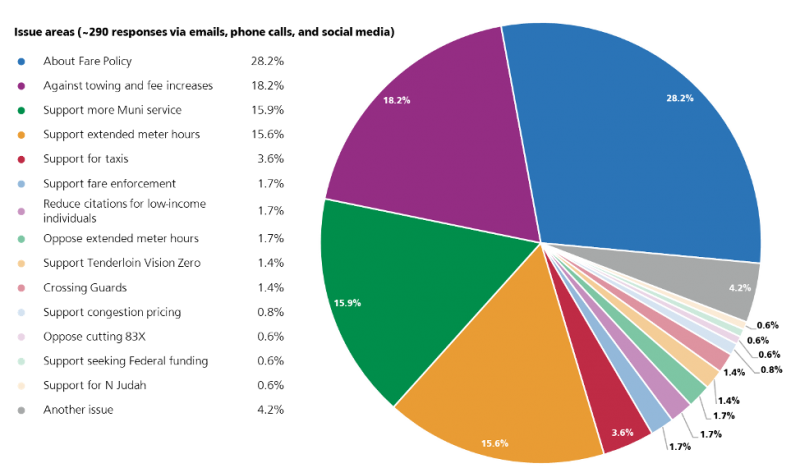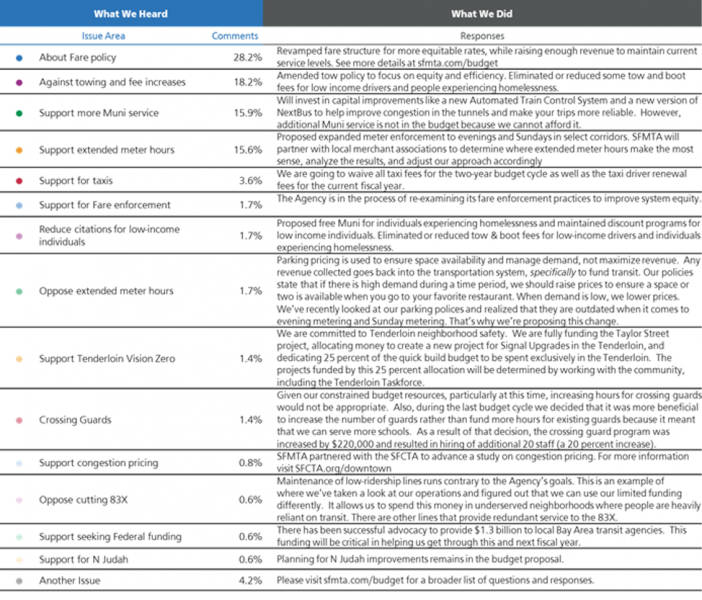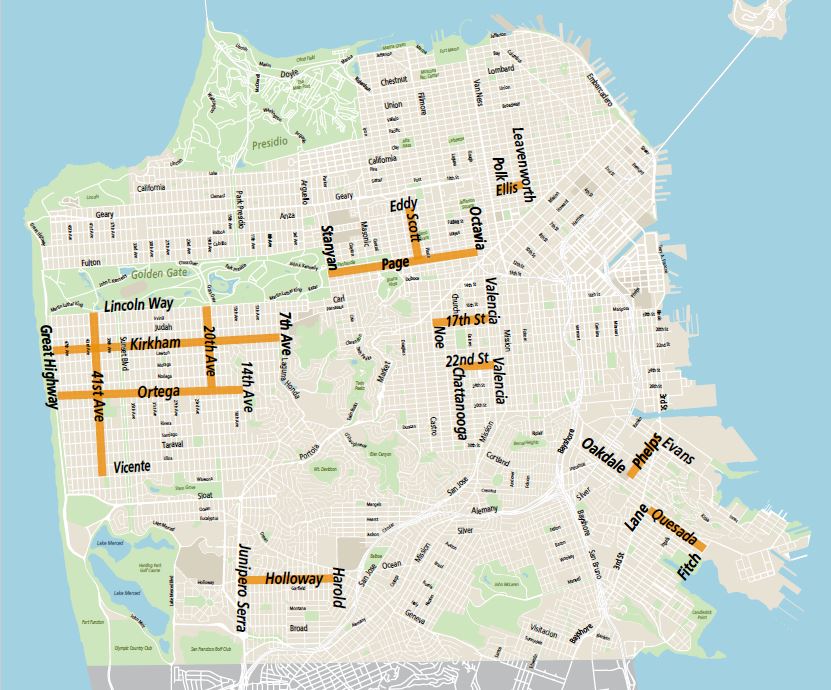هي جمعية ثقافية شبانية للتراث تعنى بمحافظة على الموروث الثقافي للمنقطة تمنغست بلدية عين أمقل الحزائر وهي عبارة عن أفضل الرقصات الفلكلورية التقليدية في المنطقة تمنغست من رقصة قرقابو * دراني * و رقصة اصارة و رقصة تاكوبا و موسيقى عصرية التوارق من اجل تعرف على الموروث الثقافي الرجاء الاشتراك في القناة ليصلك كل جديد
الثلاثاء، 21 أبريل 2020
Show HN: Lockdown project- Job board to find out who is hiring during COVID19 https://ift.tt/3cBRWz9
Show HN: Flipper Zero – Tamagotchi for Hackers https://ift.tt/2xRDOD4
Show HN: Tiny game made overnight for the 2020 Blender 24hr art competition https://ift.tt/2XYXnnJ
Show HN: Distributed Caching on Kubernetes with Olric https://ift.tt/3aoLDO5
Show HN: if.fail – Share and discover ideas that failed https://ift.tt/34ST4vy
Show HN: Dogger – an indie-hacker friendly Docker host and CLI https://ift.tt/3cAOrJb
Show HN: I made a macOS app to let me draw on the screen while on video calls https://ift.tt/2VMwMYf
Show HN: Desed – Debugger for Sed https://ift.tt/3ezFrWN
Show HN: Add license key verification to your apps https://ift.tt/2VMcGNT
Show HN: Quarantine Life Tracker https://ift.tt/3ap6IHV
Show HN: Estima – A planning poker app made with Flutter https://ift.tt/2RXtcto
Budget Outreach and Engagement
By
This is the fourth in a series of blogs exploring the San Francisco Municipal Transportation Agency’s (SFMTA’s) budget process and proposal for Fiscal Years 2021-2022. The first blog provided a high-level overview of the budget process, the second discussed our projected revenue and expenditures and how they inform budget development, and the third presented a deep-dive into our policy objectives and funding priorities. This post will discuss on overview of the outreach process for the Fiscal Years 2021-2022 Consolidated Budget. Please stay tuned for future posts in this series.
Introduction
The SFMTA’s work impacts the lives of everyone that sets foot in San Francisco, connecting individuals to work, school, healthcare, and other essential services by foot, wheelchair, bike, paratransit, and public transit. Our policies, services, and projects affect the lives of workers, residents, and visitors throughout the city. The Consolidated Budget reflects our values and lays out the path the SFMTA will take towards fulfilling its mission to connect San Francisco through a safe, equitable, and sustainable transportation system. Engaging the public and incorporating their perspectives in the Budget, and all of our work, is necessary to fulfill this mission.
The development of the proposed FY 2021-22 Consolidated Budget included a public outreach and engagement process. We designed the outreach and engagement process to ensure that SFMTA’s stakeholders are fully informed and their feedback is carefully considered as the agency develops the Budget. The public outreach and engagement plan included meetings with elected officials, neighborhood groups, community organizations, citizens’ advisory councils, and partner agencies. A list of organizations that we met with is presented at the end of this blog.
The Consolidated Budget outreach planning and implementation began in January and ends April 21st when the SFMTA Board is presented with the final budget. It’s important to note that SFMTA staff learns about community needs in the years between budget cycles through surveys, SFMTA committees, advocacy and community groups, and project-specific outreach. These learnings informed budget proposals and decisions. Below are the highlights of the outreach schedule:
Public Outreach & Engagement Schedule
|
Activities/Tasks |
|
|
1/28/2020 |
|
|
Feb/Mar 2020 |
Reached out to and met with District stakeholders and Supervisors. |
|
2/12/2020 |
Posting of notices in SFMTA vehicles |
|
2/14/2020 |
Posting of Facebook events and related advertisements |
|
2/18/2020 |
|
|
Feb/Mar 2020 |
Publication of advertisements in citywide and neighborhood newspapers |
|
3/3/2020 |
|
|
3/17/2020 |
SFMTA Board of Directors Presentation – Updated Consolidated Budget |
|
4/2/2020 |
Online Conversation with Jeff Tumlin, SFMTA Director of Transportation |
|
4/7/2020 |
|
|
4/21/2020 |
SFMTA Board of Directors Presentation and Vote on the Consolidated Budget |
In January 2020, SFMTA staff hosted an all-day budget workshop for the SFMTA Board of Directors which outlined the budget landscape and proposed a roadmap to achieving a balanced and sustainable budget. At the budget workshop staff presented possible funding priorities (i.e. additional Transit Operators, ect.), and policy objectives (i.e. fare policy, ect.). This workshop was also the first opportunity for public comment on budget proposals.
Following the workshop, the Agency launched a series of public workshops and online discussions to share proposed budget decisions and gather valuable feedback to further refine the budget. We emailed 1,024 community stakeholders in each district to offer the opportunity to meet with SFMTA staff and ask questions or offer feedback on the balanced budget proposals presented at the Board of Directors workshop. We met with every group that responded, and a complete list of participating community partners can be found at the end of this blog.
As the community engagement process continued to shape the budget, COVID-19 emerged as a serious threat to public health and major disruption to the way of life in San Francisco. The financial impacts of the first weeks of the public health emergency drastically reshaped the Agency’s understanding of and projections for the budget.
Despite the challenges created by COVID-19, we were committed to continuing our dialogue with the public. The SFMTA moved the series of planned public meetings and workshops to a virtual space. Members of the public could participate in live conversations via social media accounts (twitter, Facebook, YouTube), via email, and via telephone. Recordings of both the Virtual Budget Open House (3/19) and the Online Conversation with SFMTA Director of Transportation (4/2) are available on the SFMTA YouTube page.
Outreach responses
During our outreach and engagement process, we received hundreds of postcards, voicemail messages, emails, and mentions on our social media accounts with valuable feedback on our consolidated budget proposal. The issues that we heard the most about included fare policy (28.2%), advocating against increasing towing and fees (18.2%), support for more Muni service (15.9%), support for extended meters (15.6%), and support for taxis (3.6%); see pie chart below. The Agency put together a FAQ to answer many of the questions that we heard most throughout the outreach process.

Accessible text version of graphic #1
This feedback informed several key decisions in the proposed budget including addressing equity concerns related to the fare proposal and the tow fees, providing support for the taxi industry, proposing extending parking meter hours, allocating funds to Vision Zero projects in the Tenderloin, increasing fines on safety violations such as parking in a bike lane, etc.. Stakeholder input and discussion informed many of the final Consolidated Budget decisions.
The table below provides a short summary of how the Agency addressed community feedback. More detailed feedback and also be found in the FAQ.

Accessible text for graphic #2
Acknowledgements
We at the SFMTA want to thank you all for your invaluable input. You truly helped to shape the budget we will bring to our Board of Directors on April 21st. The Agency recognizes that we must work to continuously improve our outreach process. We will assess the success of the budget outreach process and welcome your feedback, which you can submit to sfmtabudget@sfmta.com.
Participating Community Partners
|
SFMTA Citizens Advisory Council |
|
Small Business Commission |
|
San Francisco Youth Commission |
|
San Francisco Transit Riders |
|
Budget Digital Town Hall |
|
Paratransit Coordinating Committee |
|
South of Market Community Action Network (SOMCAN) |
|
Market and Octavia Citizens Advisory Council |
|
Chinatown Community Development Corp TRIP |
|
SF Building Owners and Managers Association (BOMA) |
|
SF Chamber of Commerce |
|
SF Council of District Merchants |
|
SF Travel |
|
Young Women’s Freedom Center |
|
Community Housing Partnership |
|
SF Rising |
Published April 21, 2020 at 08:51PM
https://ift.tt/3bvlgqQ
Show HN: Enform – Enjoyable Forms with React https://ift.tt/3bq0UiY
Show HN: I made a Chrome extension to stop mindless browsing https://ift.tt/2KnQx3c
Show HN: Goxygen: A CLI Tool to Generate Web Projects with Go+Angular/React/Vue https://ift.tt/2VQBxAl
Show HN: Transparent Replication and Persistence for POJO Graphs https://ift.tt/2KpuWaK
Slow Streets Program to Help With Social Distancing
By
With Muni service temporarily reduced during the COVID-19 health crisis, many San Francisco residents need to walk and take other modes of transportation to make essential trips. However, sometimes it is difficult to maintain 6’ of social distance on many sidewalks, park paths, and bikeways. This can be especially true when passing lines outside grocery stores and other essential services. Because of this, many pedestrians are choosing to walk in the street, exposing themselves to swiftly moving vehicle traffic. The SFMTA is implementing a new program, Slow Streets, to close some streets to through traffic and allow roadways to be used more as a shared space for foot and bicycle traffic.
Throughout the city, corridors have been identified for Phase 1 Slow Streets. Beginning this week, some of these streets will be closed to through vehicle traffic to prioritize walking/biking and to provide more space for social distancing during essential travel by those modes.
What Will Slow Streets look like?
Vehicle traffic will be allowed, and streets will not be closed completely, local access to vehicles is allowed, (e.g. driveway access for residents.) Slow Streets will not create any legal change in the right of way. People walking/running in the street will not have the right-of-way over motor vehicles but will be allowed to be in the street (as the Calif. Vehicle Code currently permits). The goal is to take advantage of low vehicle numbers on certain travel corridors and allow people to maximize our resources while maintaining social distancing. Slow Streets will be in effect 24/7, given the limited staff resources to deploy/re-deploy equipment daily.
“The purpose of Slow Streets is to manage traffic speeds and create a safe network for essential walk and bike travel while transit service levels are reduced,” said Jeffrey Tumlin, SFMTA Director of Transportation. “Our agency is committed to giving San Franciscans the necessary space to practice social distancing as they leave their homes for critical needs.”

Slow Streets candidates
- Good candidates for a first phase of Slow Streets are shown on the map and in Table 1. These are lower-traffic residential streets that connect neighbors to essential services in the absence of Muni service. They have been vetted for feasibility and exclude Muni routes and major emergency traffic corridors.
- For most Slow Streets, rollout will be incremental and iterative - approximately 8 blocks at a time - and may not initially cover the entire length shown on the map. Careful monitoring will be provided to ensure the transportation benefits of Slow Streets are not undermined by crowding and congregation.
| Street | From | To | Muni Routes |
| 17th Street | Noe | Valencia | 22 Fillmore, 33 Stanyan |
| 20th Avenue | Lincoln | Ortega | 28 - 19th Ave |
| 22nd Street | Valencia | Chattanooga | 48 Quintara |
| 41st Avenue | Lincoln | Vicente | 18 - 46th Ave |
| Ellis | Polk | Leavenworth | 27 Bryant, 38 Geary |
| Holloway | J Serra | Harold | K Ingleside, 29 Sunset |
| Kirkham | Great Highway | 7th Avenue | N Judah |
| Phelps | Oakdale | Evans | 23 Monterey, 44 O'Shaughnessy |
| Ortega | Great Highway | 14th Avenue | 7 Haight |
| Page | Stanyan | Octavia | 7 Haight |
| Quesada | Lane | Fitch | 23 Monterey, 44 O'Shaughnessy |
| Scott | Eddy | Page | 24 Divisadero |
When will these streets be closed?
Beginning this week, we hope to install 2-3 Slow Streets corridors per week. Signage and traffic cones for the first round of streets. We will continue to monitor the use of Slow Streets to minimize impacts on surrounding streets.
How were the Slow Streets corridors chosen?
The streets were chosen to supplement reduced or suspended Muni routes, while providing bicycle and pedestrian access to essential services. Many of these streets run parallel to other major streets and transit routes. The Slow Streets are intended to provide a network of streets that prioritize walking and biking for essential trips.
Slow Streets are one part of the city’s efforts to reduce sidewalk crowding. Other efforts include removing vehicle parking outside grocery stores and restaurants to create extra pedestrian queueing space and widening sidewalks by removing vehicle parking on select high-pedestrian-traffic. Please visit sfmta.com/COVID19 for the latest agency updates.
Published April 21, 2020 at 04:59PM
https://ift.tt/3bt1lce